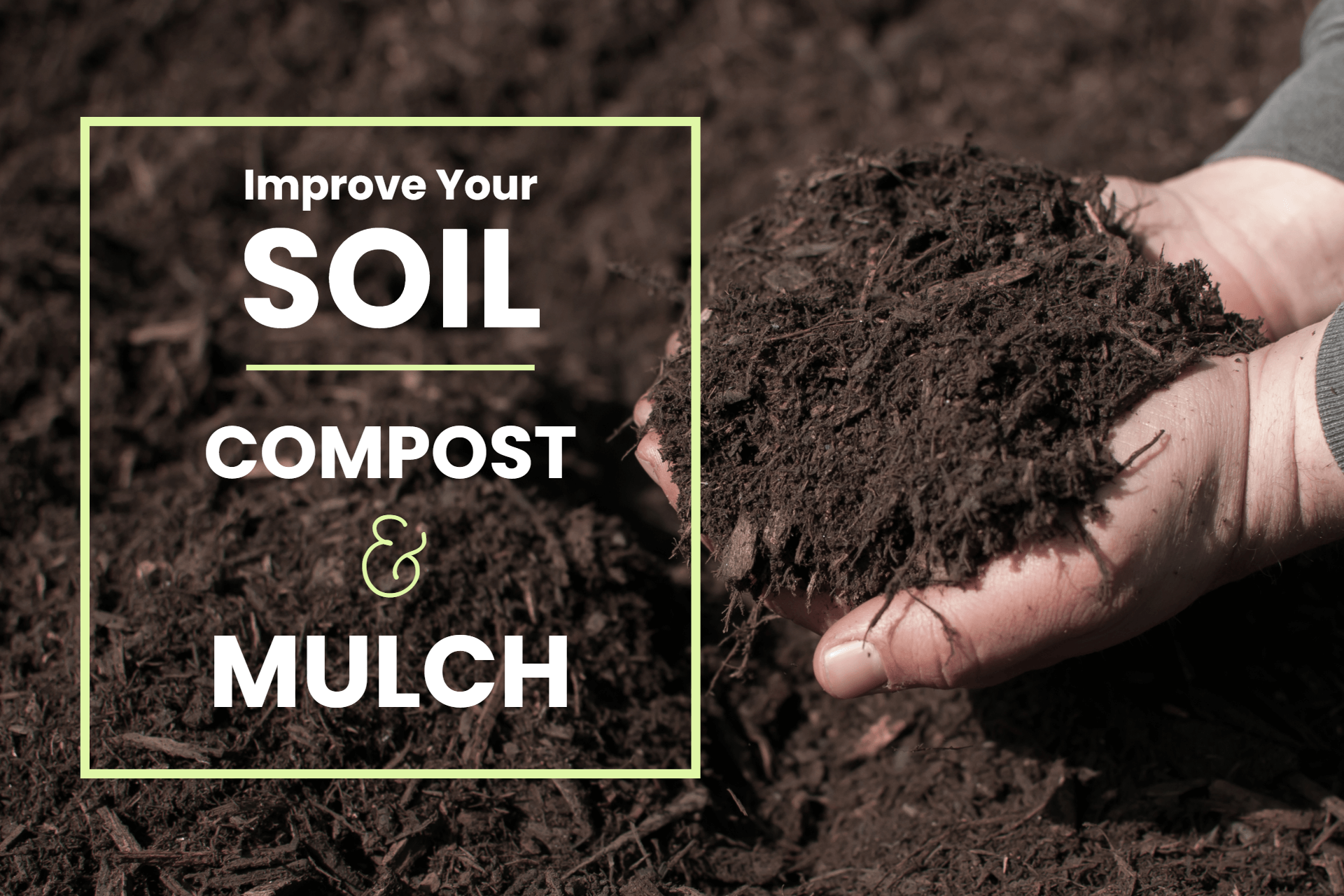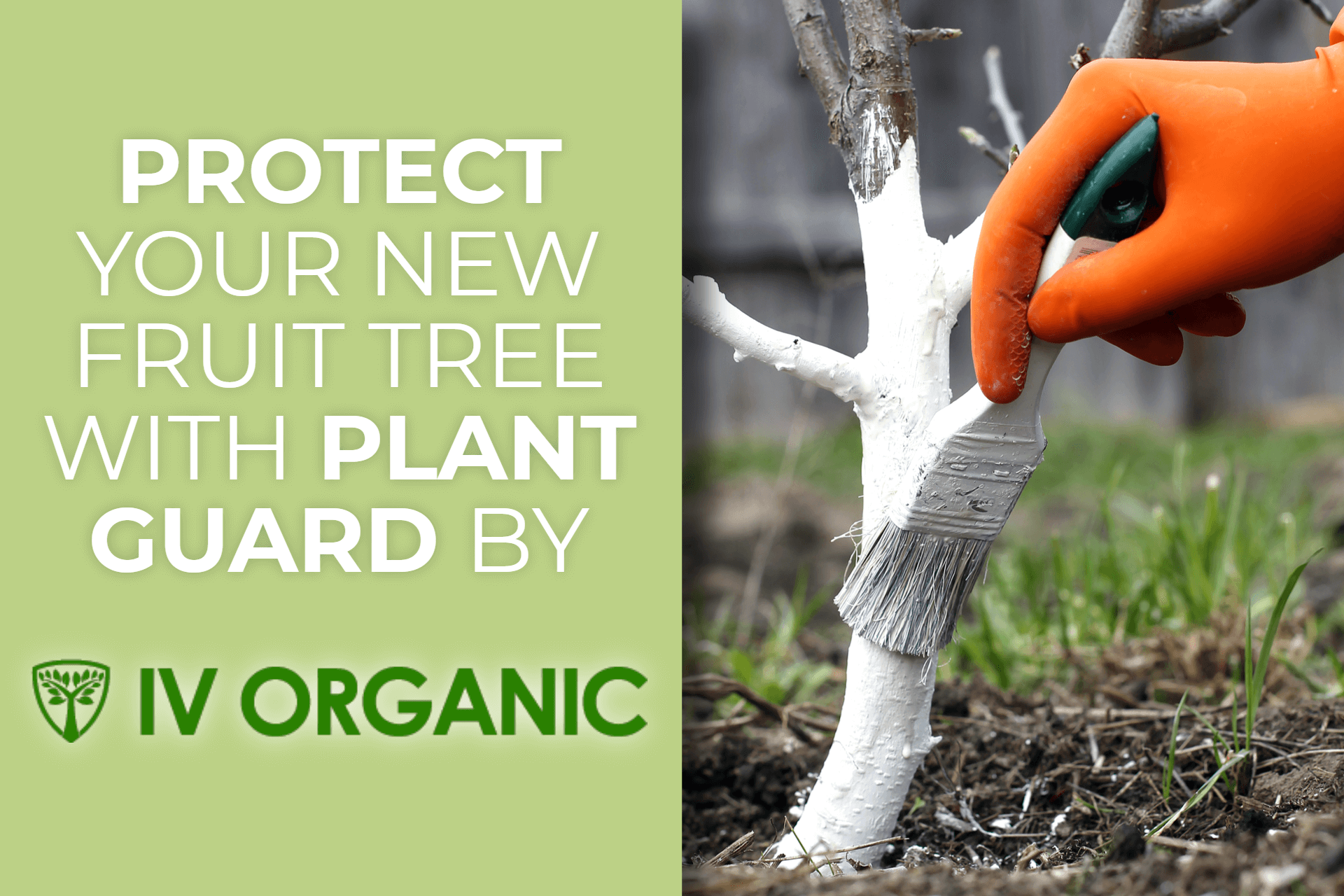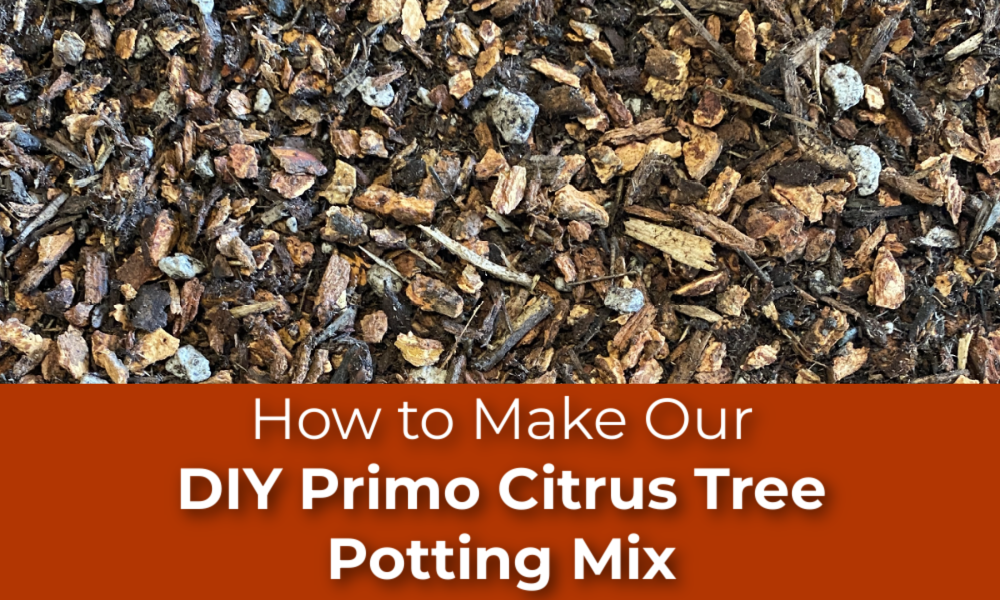We are constantly talking about plants and fruit trees wanting well-draining, loamy soil that is rich in organic matter and nutrients, but what does that mean and how do we achieve this at home? The quick answer is to use compost and mulch. Let's talk about improving soil and get our hands dirty.
The USDA defines loamy soil as soil that is predominantly made up of Sand(40%), Silt(40%), and Clay(20%). In general loam soils contain more nutrients, moisture, and humus. Humus is formed by the decomposition of plant material by microorganisms. This humus component of soil provides airflow, moisture retention, and more accessible nutrients for plants and trees alike. This loam soil provides the perfect balance of good drainage, water retention, and micronutrients all of which are necessary for a long-lived tree.
There is so much out there on what types of soil mixes and fertilizers to use. Every brand will try to sell you their chemistry set that is supposed to "guarantee" super fruit. This has caused lots of confusion amongst growers as to what products should be used, time of year, how much, how often, and with varying results. Almost all of these solutions do are temporary and won't help your soil in the long haul.
A thick layer of compost applied to your soil either around your fruit trees or directly into your garden beds is an effective way to improve fertility immediately and over the long term as the compost breaks down. Compost comes in many forms and strengths. You may be inclined to jump for the strongest composted chicken manure but the composted steer, horse manures, or a blend of plant compost work best as they provide ample nutrients for plants & trees without the risk of burning them.
Topping your soil/compost with a thick(3"+) layer of mulch helps in a variety of ways. Mulch improves soil quality by increasing the humus in the soil as the organic plant material breaks down. Mulch improves moisture retention by shading the soil from intense sunlight that would otherwise cause evaporation and the pores of the mulch material will soak up excess water further reducing your water needs. An annual layer of mulch will also reduce weed pressure by shading out the sprouting weeds. The coarse plant material adds airflow and drainage. Compost and mulch also provide an ideal environment for microbes and fungi to thrive. These microbes & fungi breakdown the compost and mulch releasing micronutrients that are more accessible to your tree as well as improve root health. All of these benefits are the basic description of what fruit trees need in their soil.
This benefit of compost & mulch extends to our potting soil mix as well. We recommend a 5x1x1 mix. 5 parts fine(1/2"+ particle size) wood bark(mulch), 1 part coarse perlite, & 1 part Potting soil/vermicompost. This incredible mix will break down slowly over time, increases drainage while also reducing the need for water, and will feed the tree over time. Of course, container trees are limited in their ability to reach the food so regular feeding of Plant Food is recommended and in most cases necessary since annual applications of compost & mulch would eventually fill the container.
Where do I get compost & mulch? You can go to your local garden center or nursery to find bags of composted manure & mulch but you will want to avoid the ones with dye in them as these are typically treated with chemicals. You can also reach out to your local arborist or local municipal waste center as they can provide large quantities of compost and mulch at relatively lower costs.
Happy soil makes happy trees, and happy trees make tasty fruit.
Author Israel Osuna




